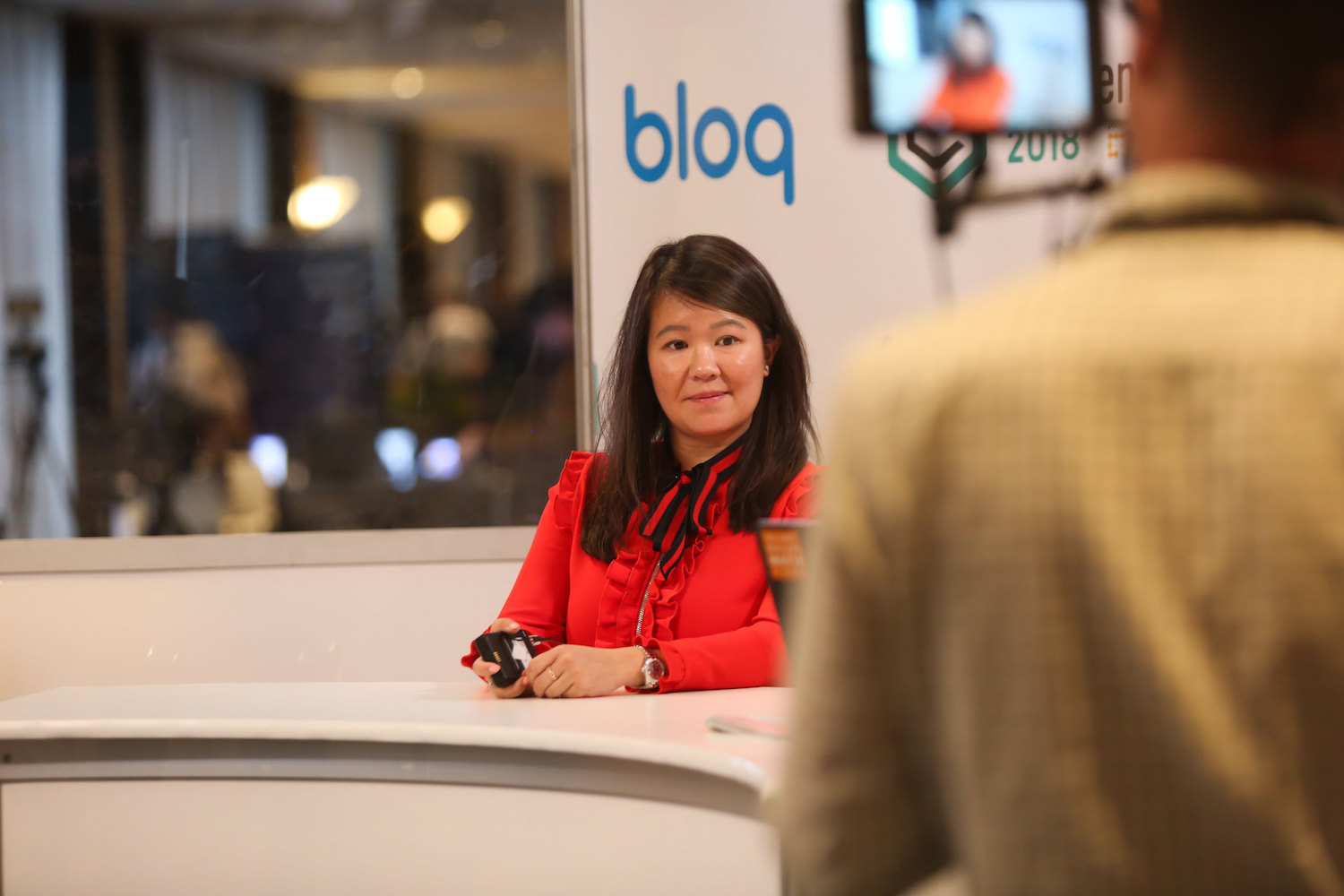Crypto Long & Short: A Giant Awakens
SINGAPORE – As Singapore geared up for the riveting speed of the Formula One weekend in mid-September, crypto-related entities were racing toward opportunity at the Token2049 conference. One seasoned traditional finance player wasn’t in much of a rush, though.
Singapore-based DBS Bank, a regional banking behemoth headquartered in the same venue as the conference, Marina Bay Sands, holds all three licenses required to let clients buy traditional securities using stablecoins. But it isn’t doing so yet, even as competitors move ahead.
The only other entity that holds all three licenses in Singapore, MetaComp, told CoinDesk at Token2049 that it was the first to let their clients pay for securities with their crypto holdings – albeit by first converting the stablecoin to fiat.
Moments later, CoinDesk asked Evy Theunis, head of digital assets at DBS’ institutional banking group, why the company hadn’t entered this crypto triathlon, despite appearing fit to do so. Currently, DBS provides digital asset custody, a digital exchange for listing and trading, security tokens and the ability to manage traditional assets alongside a crypto portfolio using the same app.
“I like your triathlon analogy,” said Theunis. “But I’d say while it’s still winter, we have been swimming. Maybe it’s fair to suggest we’re not going as deep as some of the very focused players,, but we’re still doing a lot, getting our hands dirty for the long run.”
The technical reason for not offering the stablecoin service, Theunis explained, related to how DBS tracks any tokens it processes. For non-stablecoin cryptocurrencies, DBS traces every wallet a token has ever touched before it enters the token into its system.
“Can you imagine doing that for stablecoins? That was a technical difficulty because stablecoins are multichain, they cross bridges, etc.,” Theunis said, adding this is why, for some time now, DBS has only offered bitcoin (BTC), ether (ETH), XRP, bitcoin cash (BCH), DOT and ADA trading, because “we want everything that comes into the bank to be foolproof.”
In sporting terminology, DBS, a major player in China, Hong Kong, Indonesia and South Korea, is arguably the Eliot Kipchoge of finance in the region. If digital assets were a triathlon, it may not be the reigning champion, but it sure knows how to win. Given crypto’s volatility, DBS’ brand recognition as the “safest bank in Asia” for 14 consecutive years makes every step it takes towards crypto a giant step towards legitimacy for the space.
DBS started its digital asset platform, DBS Digital Exchange, in 2020, Theunis said. “We go into things early, not to run sprints but to see how things evolve,” she said.
In a panel at Token2049, she revealed that digital assets under custody at DBS grew around 150% year-on-year as of the end of the second quarter. For comparison, BTC and ETH prices rose 50% and 80%, respectively, in the same period, according to CoinMarketCap.
Theunis is at the helm of DBS’ digital assets journey. She originates from Brussels, but given she’s been based in Singapore for almost a decade, she is a unique leader bridging the gap between the West and East’s understanding of crypto.
“The whole ecosystem benefits when regulators and the industry collaborate closely, and this is evident, especially in Singapore,” Theunis said. “This relationship-led approach is a key driver of innovation and could be a model for other jurisdictions.”
DBS’ largest and controlling shareholder is the Singapore government-owned Temasek Holdings. It’s no surprise then that its digital assets strategy appears to walk in step with the monetary policy of the region.
This became apparent most in February 2022 when DBS’ Piyush Gupta revealed plans to launch retail digital asset trading by the end of the year. But shortly after, two major entities with close ties to Singapore, stablecoin issuer Terraform Labs and crypto hedge fund Three Arrows Capital (3AC), collapsed. Singapore tightened its regulation, censured 3AC and proposed stablecoin rules to reign in the sector. DBS’ retail trading plans have been suspended since.
“Right now we are focusing on institutional players, continuing to evolve on the accredited investor side,” Theunis said as she reiterated DBS wasn’t going to start retail trading of digital assets. “Not so long ago, we enabled all our qualified accredited investors to buy digital assets on the exchange.”
Without naming any of its institutional customers, Theunis said, “we’ve seen how a lot of traditional players have readied themselves, but they’ve not been really active” in crypto, reflecting how it’s not just DBS that’s playing the wait-and-watch game.
DBS is also heavily entrenched in government-related projects in the space – Project Orchid uses programmable money for government vouchers, while Project Guardian saw a tokenized version of the Singapore dollar bought for tokenized Japanese yen. It also completed an e-Chinese yuan transaction for a client in China, and for shipments between Singapore and India, it completed the first “live” transaction of electronic Bills of Lading (eBL), which are essential documents in shipping.
Historically, scalability has been a problem for this kind of transaction but that problem was solved by issuing title ownership of the eBL as a non-fungible token (NFT) on Polygon.“
Institutions like ours are dependent on builders to make blockchain technology ready for scalable adoption, like with eBLs on a blockchain. That’s why we are participating in all these initiatives to bring together and work with builders,” Theunis said. “I would encourage builders to talk to institutions more about their use cases, which will take time.”
Edited by Nick Baker.









